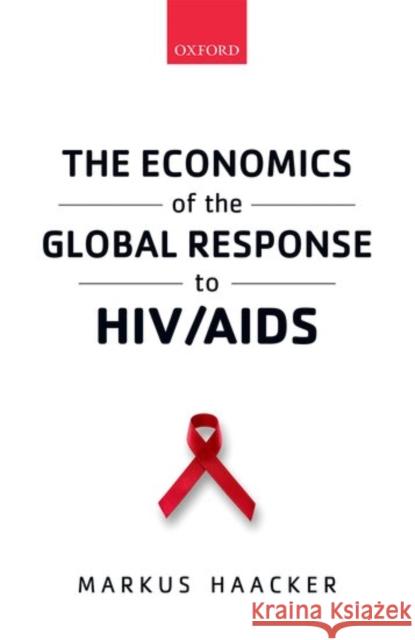The Economics of the Global Response to Hiv/AIDS » książka
The Economics of the Global Response to Hiv/AIDS
ISBN-13: 9780198718048 / Angielski / Twarda / 2016 / 304 str.
The global response to HIV/AIDS has been a major aspect of global health and development policy over the last three decades. The book illustrates the devastating health impacts of the epidemic, with life expectancy in some countries falling to the lowest levels observed anywhere, and the remarkable success of the global HIV/AIDS response in reversing such extreme outcomes.
Concerns about the implications of HIV/AIDS for economic development have played a role in motivating the global HIV/AIDS response. However, evidence on the impacts of HIV/AIDS on economic growth or poverty is weak, and the magnitude and relevance of such economic effects appears trivial compared to the consequences for life and health.
Because of the success in extending access to treatment globally, HIV/AIDS has effectively transitioned into a chronic disease. This means that HIV/AIDS absorbs not only a substantial chunk of current global and national financial resources, but that these spending needs are projected to persist over decades. The costs of the HIV/AIDS response thus resemble a long-term financial liability, shaped by past and current policies.
Relatedly, the calculus of cost-effectiveness of HIV/AIDS interventions has changed. People who become infected with HIV can now expect to not die because of AIDS; at the same time, each HIV infection results in medical needs and expenditures extending over decades. The book presents a framework for integrating these financial consequences and the transmission dynamics of HIV in the analysis of cost-effectiveness of HIV/AIDS interventions and in the design of HIV/AIDS programs.











